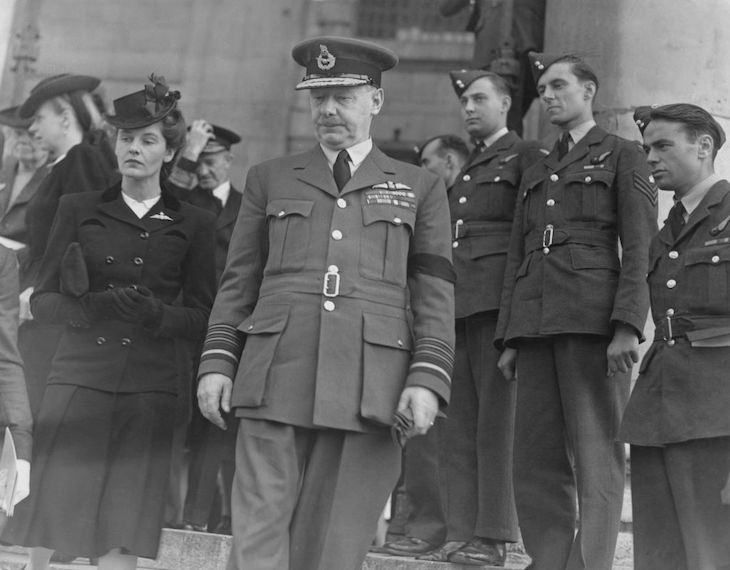The scene in the German port was like a vision of hell. As the incendiary bombs rained down on Hamburg that hot summer evening, the centre of the city was engulfed by a conflagration so intense that it seemed to herald the Apocalypse. Trees were uprooted, buildings demolished, trains ripped from their tracks, roadways turned to boiling liquid. Thousands of people were asphyxiated or died of smoke inhalation as they sought shelter in underground cellars. Those who made it to rivers or canals fared little better, for the lethal heat continued to suck oxygen out of the air, while the fire was even spread across water surfaces by exploding oil tankers and the debris from exploding barges.
Next month marks the 80th anniversary of the firestorm that ravaged Hamburg over seven nights from 24 July 1943. Backed up by the US Army Air Force, the series of RAF raids that inflicted this devastation was the heaviest aerial assault ever undertaken in Europe, even more savage in scale than the notorious bombing of Dresden in February 1945.
Sir Arthur Harris, the head of RAF Bomber Command, had no squeamishness about targeting the German population
With its tone of Biblical punishment, the codename of Operation Gomorrah was highly appropriate. It

Britain’s best politics newsletters
You get two free articles each week when you sign up to The Spectator’s emails.
Already a subscriber? Log in






Comments
Join the debate for just £1 a month
Be part of the conversation with other Spectator readers by getting your first three months for £3.
UNLOCK ACCESS Just £1 a monthAlready a subscriber? Log in